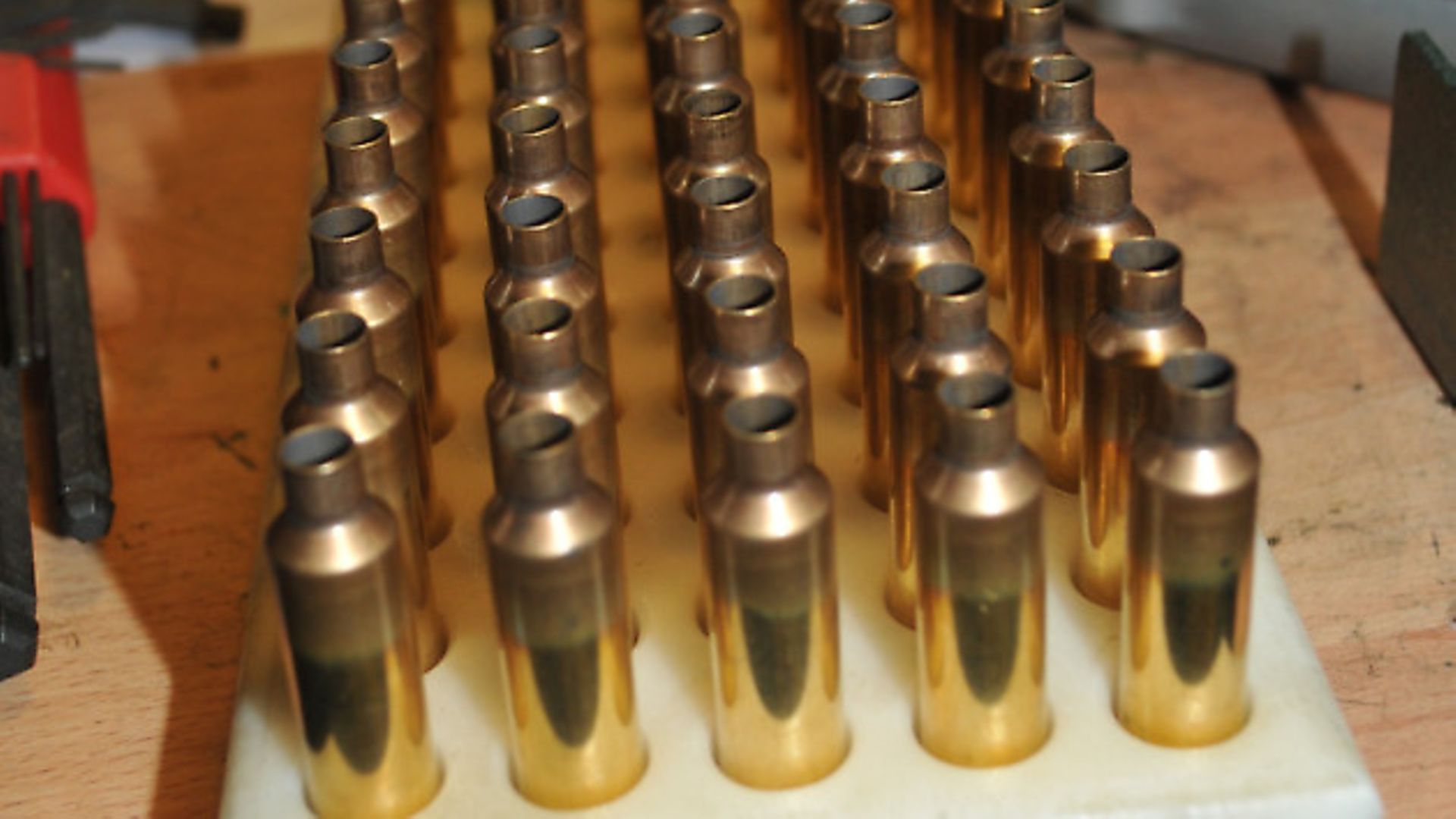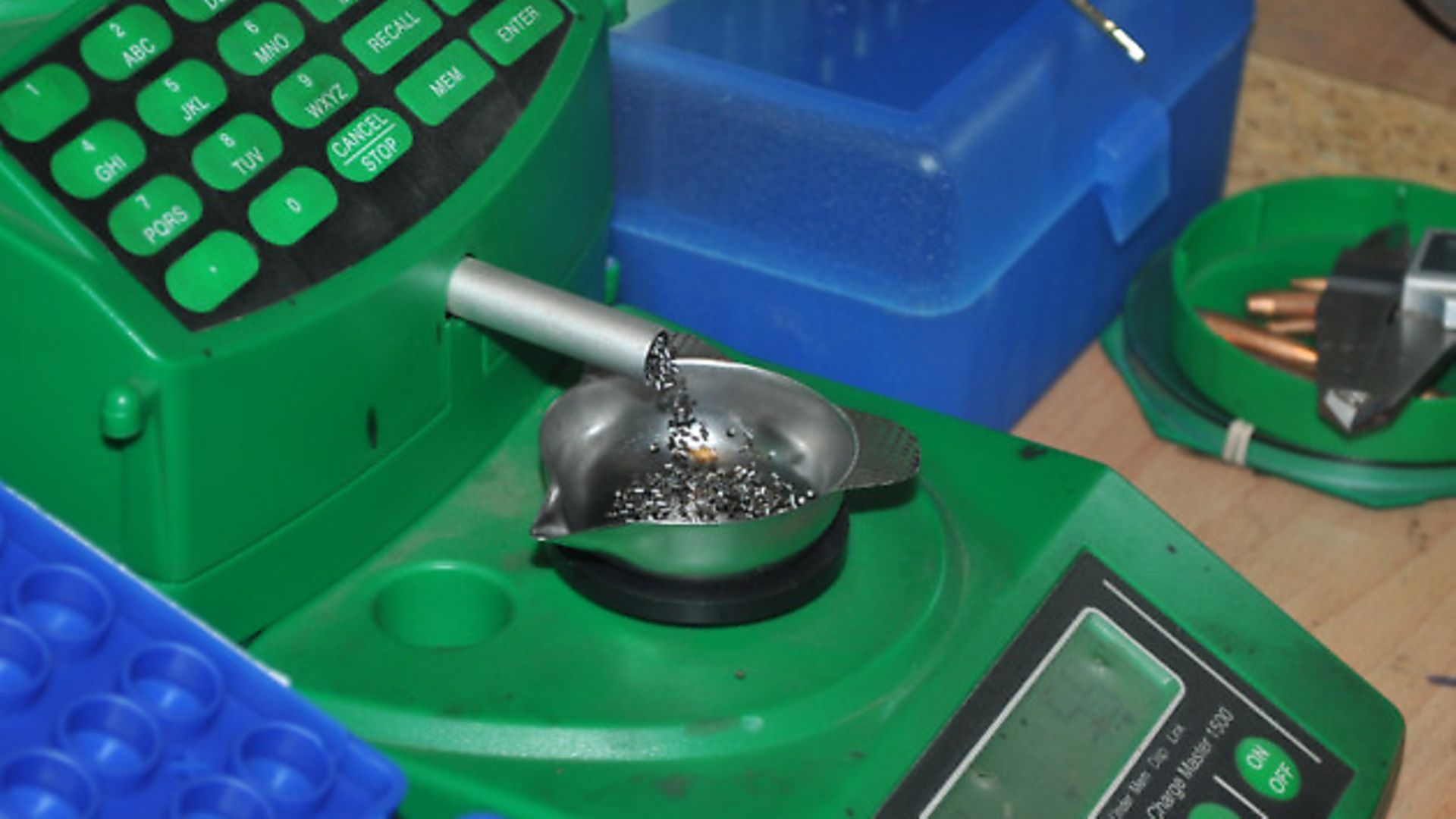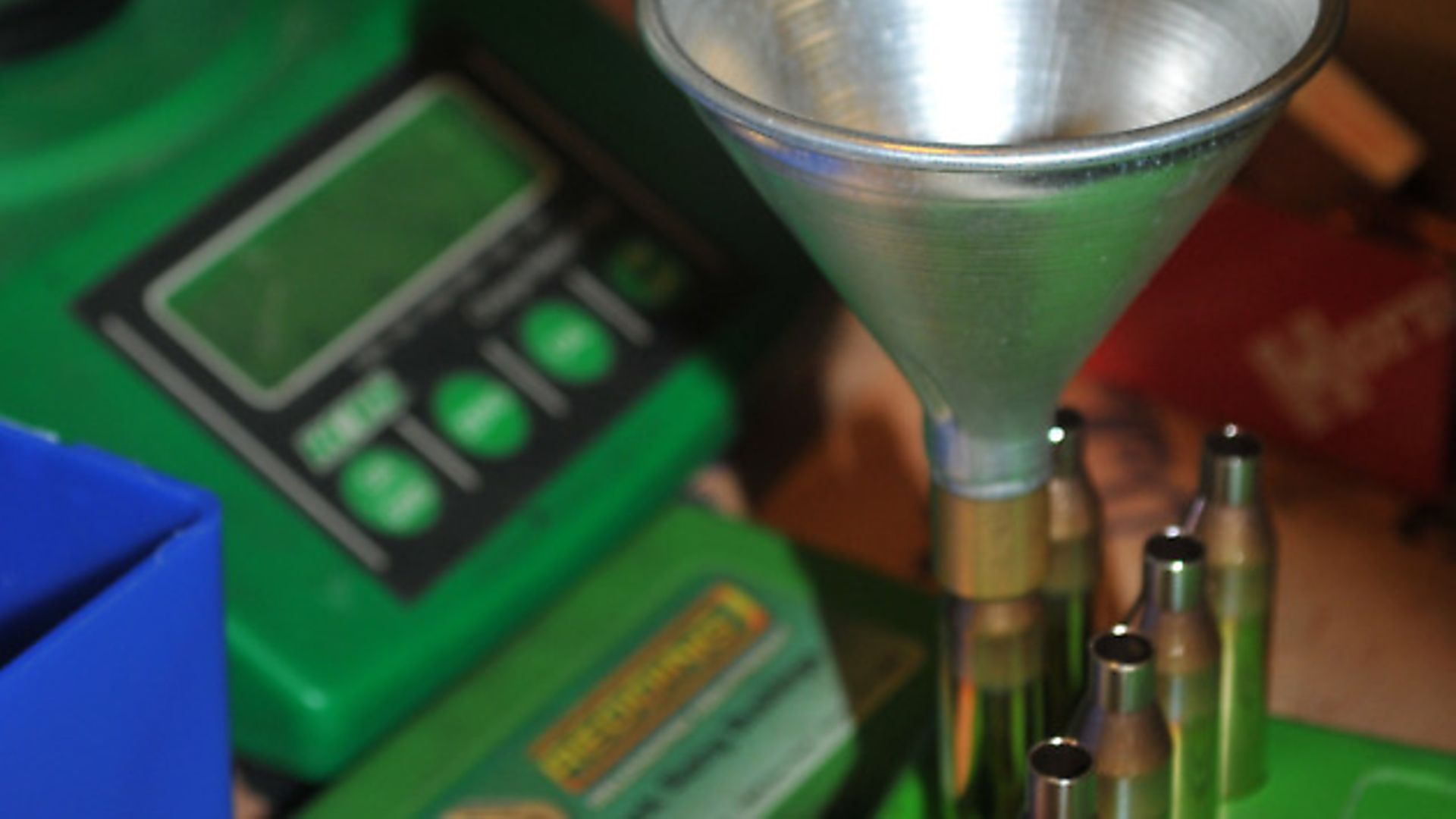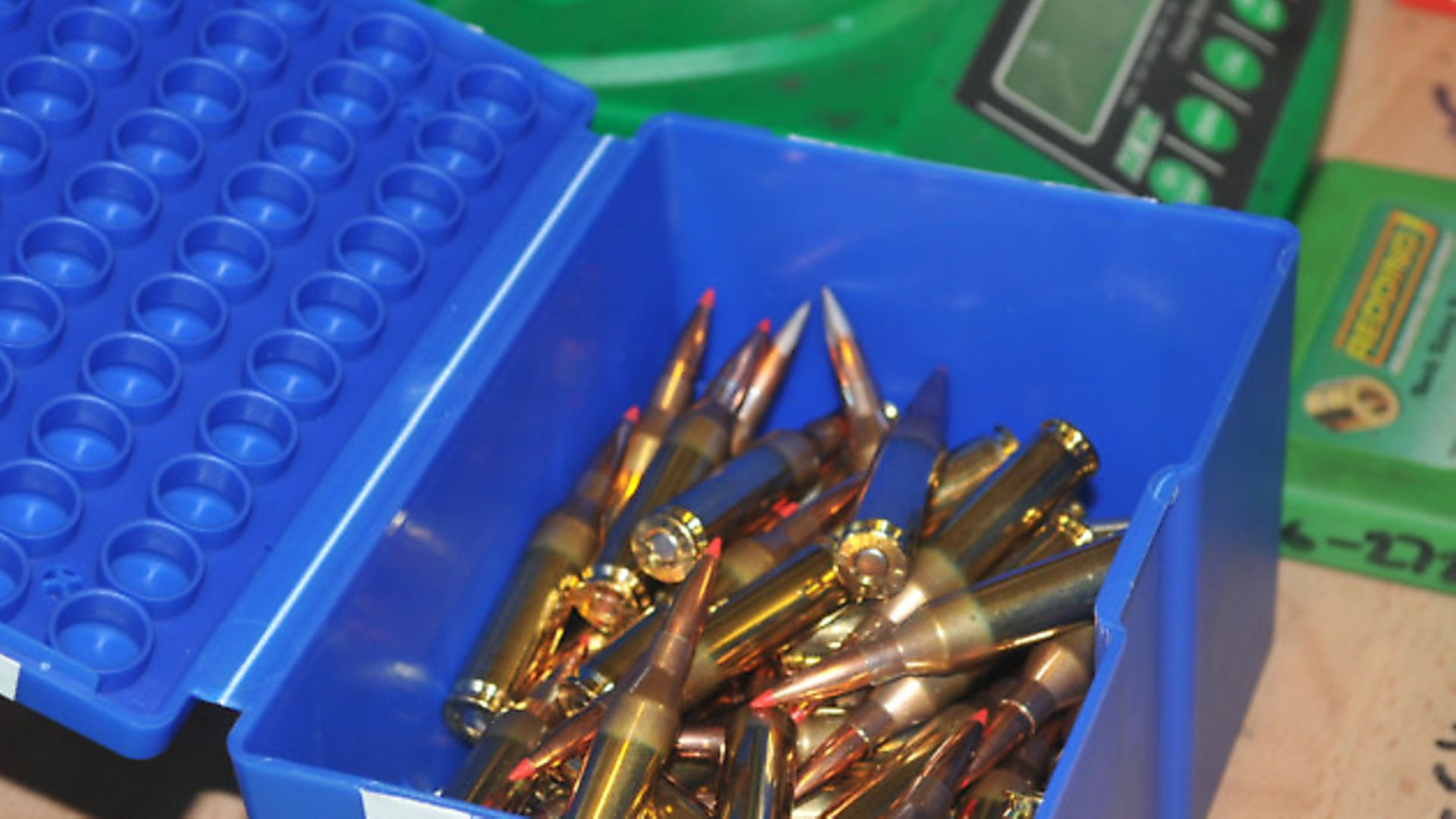Chris Blackburn of UK Gunworks explains how to reload your own rifle ammo
 credit: Archant
credit: Archant
We take for granted the high quality factory ammunition that our local gun shops have available on their shelves to use in our chosen rifle. However, these can be expensive and sometimes not particularly accurate or consistent.
 credit: Archant
credit: Archant
Reloading in its most simplistic form is taking a fired factory case, replacing the primer, charging with the correct type and amount of powder and inserting a bullet.
 credit: Archant
credit: Archant
At the other end of the scale is hand loading, where you use the very best components you can get hold of and employ several techniques to reduce the variances in the components used to produce the most uniform ammunition possible.
 credit: Archant
credit: Archant
The results will vary hugely depending on the tools used, the components selected and whether good working practices are followed.
What you need:
Essential equipment
- Reloading press
- Shell holder
- Priming tool
- Reloading die set
- Loading block
- Scales
- Powder measure
- Powder funnel
- Case lubricant with pad
- Case trimmer
- Deburring tool
- Vernier caliper
- Reloading data
The steps of loading your own:
1. Inspecting the brass
Check the fired cases/brass for large dinks and dents and small cracks in the shoulder/ neck area. If in any doubt, discard into your scrap bin. Remember these brass cases will have to hold 50,000psi+ pressure upon firing!
2. Resizing and decapping
When a metallic cartridge is fired, the neck, shoulder and body of the case expand to give a gas-tight seal in the chamber. The operation of resizing brings the case neck/body diameter back to a known size that will chamber in the rifle with little effort. The resizing die also removes the old primer during the sizing process.
3. Priming
Once the cases have been sized and decapped (old primer removed), clean the primer pocket to remove the primer/powder residue. Using your priming tool you then insert a new primer, being careful not insert it the wrong way!
4. Charging with powder
Your resized and freshly primed brass is now ready to be charged with the correct type and amount of powder. Using your scales, load data and funnel, you simply but carefully weigh out each charge and pour the powder into the cases using the powder funnel. Do not be tempted to add a wee bit extra! It will end in tears nine times out of ten.
Stand your cases up in the loading block after charging and when they are all charged, take a torch and look at the levels of powder; are they all the same? Have you missed any? It sounds daft but it is so very easy to get distracted, and this is when things can and do go wrong.
Just as a side note, contrary to what you may think, the heavier the bullet the LESS powder is required. I am sure more than a few people have fallen foul of this. Always be cautious.
Your reloading manual will give you a minimum and maximum charge weight to work from and to; stick with these and you should have good, safe results.
5. Bullet seating
So, now you will have some cases sat there ready to accept your chosen bullet. With the seating die in the press, push the bullet into the resized case to a known predetermined length or COL (cartridge overall length). The maximum recommended length will be in your load data books. This is often the most overlooked step in producing good, usable and safe ammunition. The further the bullet is out of the case, the lower the pressure; as you decrease the length the pressure ramps up considerably.
6. Inspecting the finished round
After all that your loading block should be full of loaded rounds. It is good practice to give them a quick check over for any issues, such as primers missing and bullets seated incorrectly. Now, so long as you’ve not been distracted by the phone or your Missus, you should be good to go.
So remember: be cautious, be safe and you’ll be able to produce ammunition that works. Good luck!
Things to remember:
- Exercise care and common sense at all times
- Don’t become distracted while loading
- Never rush. A careless mistake can be serious
- Read and understand the manufacturers’ instructions for components and tools
- Store powder in a cool, dry place at all times
- Keep powder away from heat and open flames
- Never smoke while handling powder
- Keep powder out of reach of children
- Work up all new loads starting 10% below the recommended charge weight
- Check every case before loading to ensure it is in a good serviceable condition
- Watch for indications of high pressure in establishing a new load
- Check powder charges regularly to ensure you’re using proper powder charge weight
- Develop your own routine/system for reloadng to guard against mistakes
- Never mix different powders
- Never use someone else’s load data or ammo
- If in doubt, ask someone who knows. There is no such thing as a stupid question.
If you’re interested in Chris doing load development or custom rifle work for you, contact him on 01604 585055 or 07789 690386, email info@ukgunworks.co.uk or visit www.ukgunworks.co.uk